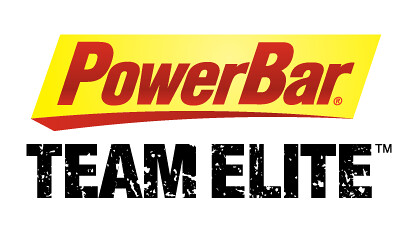1. I am not able to state that I practice ART, as it is a licensed name. I do, however, practice the general concepts as they are commonly used manual techniques in the manual therapist’s arsenal. The concept involves breaking adhesions between two adjacent tissues, as distinct from muscle knots originating from an active trigger point, which we’ll review in a moment. Let’s take muscle and myofascia as a common example. The clinician strives to break an adhesion between these tissues by pinning the myofascia manually – that’s me using my hands – and then actively mobilize the muscle – that’s you contracting the muscle. By pinning the myofascia, it’s ability to be tugged along during a contraction is reduced, and the muscle has the opportunity to break free of it’s adhesion. That, in a simplistic nutshell, is how ART works. It helps to break down adhesions which may be limiting the normal mobility of various tissues. These adhesions form as part of the training response, as training typically stresses the system to micro-failures, which then heal up. Sometimes they just heal up inappropriately. The body is amazing, but not fool-proof. As example, we produce cancerous cells all the time. The body finds them and gets rid of them. Once in a while it misses, and you get a life-threatening problem. It’s a QA (quality assurance) problem, really.
2. Trigger Point Release, on the other hand, is a non-trademark term. I do this technique (officially) all the time as well. Yet another tool in the arsenal. TPR works to reduce the resting tension in a muscle which is overly tense. How or why it is overly tight (contracting a bit more than it should be) is unknown. How or why TPR works to reduce an active trigger point to a latent trigger point is also unknown. The leading theory involves localized ischemia (blood flow restriction) which forces the muscle to shut-down (release). This reduction in resting tension is what you distinctly noted when you said “the leg feels a lot longer than the other one now” the other day.
3. As noted above, these are both tools, working on different issues in a muscle. They do not work interchangeably (TPR will do nothing for an adhesion, and any type of ART will do nothing for an active trigger point).





No comments:
Post a Comment